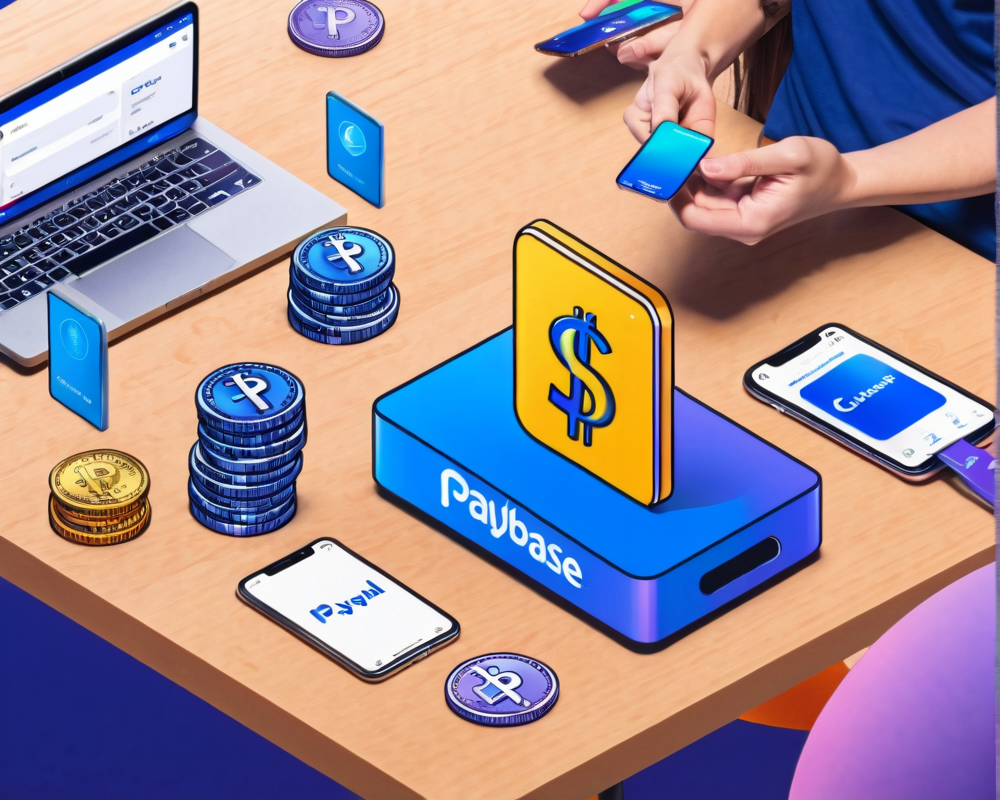The Competition: Overview and Its Impact
The Telegram Open Network (TON) competition was more than just a hackathon; it was a pivotal moment for the budding developer community. It brought together enthusiasts, experts, and curious onlookers all eager to explore the potential of TON’s unique programming languages and smart contracts. Participants not only showcased their skills but also filled a gaping hole in the project’s documentation—much like how a pizza fills a craving at 2 a.m.
The Documentation Dilemma: FunC and Fift
FunC and Fift, the dynamic duo of telecom-oriented programming languages, might sound like a band some hipster bar would host, but they are the backbone of TON’s functionality. FunC is a high-level, user-friendly language, akin to C, while Fift plays hard-to-get with its low-level approach. Unfortunately, before the competition, resources for FunC were scarce—think of it like trying to find a great taco truck in a town known for burgers. Contestants had to kite their way through scant examples and a nearly empty GitHub for any semblance of guidance. By Day 3, most had leveled up their FunC skills, but it wasn’t without groaning and a few existential crises.
Payment Channels: The Heart of the Tasks
Dividend payments, anyone? The key challenge in the competition revolved around creating payment channels. Picture this: two buddies, A and B, wanting to exchange money without pinging the blockchain every time they transfer a dollar. Enter the payment channel, a clever off-chain mechanism that makes transacting faster and cheaper. While I won’t break down the math (thank goodness), the crux is that these channels allow A and B to manage their transactions without boring the entire blockchain with endless confirmations.
Synchronous vs. Asynchronous Payment Channels
Here’s where things get spicy. The synchronous payment channel requires every transaction to be signed off each time a change is made. This means A cannot send a second transaction until B gives them an engraved invitation (a.k.a. their signature). It’s like waiting for the other person to finish their order before you can even think about eating your fries.
On the flip side, asynchronous channels allow both parties to operate more freely—like a couple of enthusiastic dancers at a wedding, trading the lead with flair. They can send multiple transactions without waiting for the other’s approval, as long as each transaction is stamped with an authentic signature.
Challenges of Withdrawals
The withdrawal process for both types of channels is where the magic may just turn into a nightmare. The smart contract checks signatures like an overzealous bouncer at a club: no signature, no entry… or, in this case, no cash withdrawal. If parties cannot agree on the data submitted, it’s up to the smart contract to arbitrate—an ungrateful job akin to being the referee in a heated family monopoly match.
Moving Forward: What Lies Ahead for Developers
With Tons of submissions (pun intended), a slew of innovative projects is brewing. Approximately 10-20 teams are out there embarking on the mission to enhance and support the TON infrastructure, buoyed by the lessons learned and excitement from the competition. The $200,000 prize pool turned into a lottery ticket for some developers, launching them into the world of practical applications on TON.
Final Thoughts: Lessons from the Contest
As a member of Team Button Wallet, this competition has been an exhilarating rollercoaster ride. We created both synchronous and asynchronous channels while playing with a command-line interface that made the process more digestible. Sure, we embraced our fair share of errors along the way, but they only added flavor to our experience. Our victories? First place for best synchronous channel and third for the asynchronous category. Honestly, it’s a win we’ll take—like finishing off a plate of double chocolate chip cookies.




